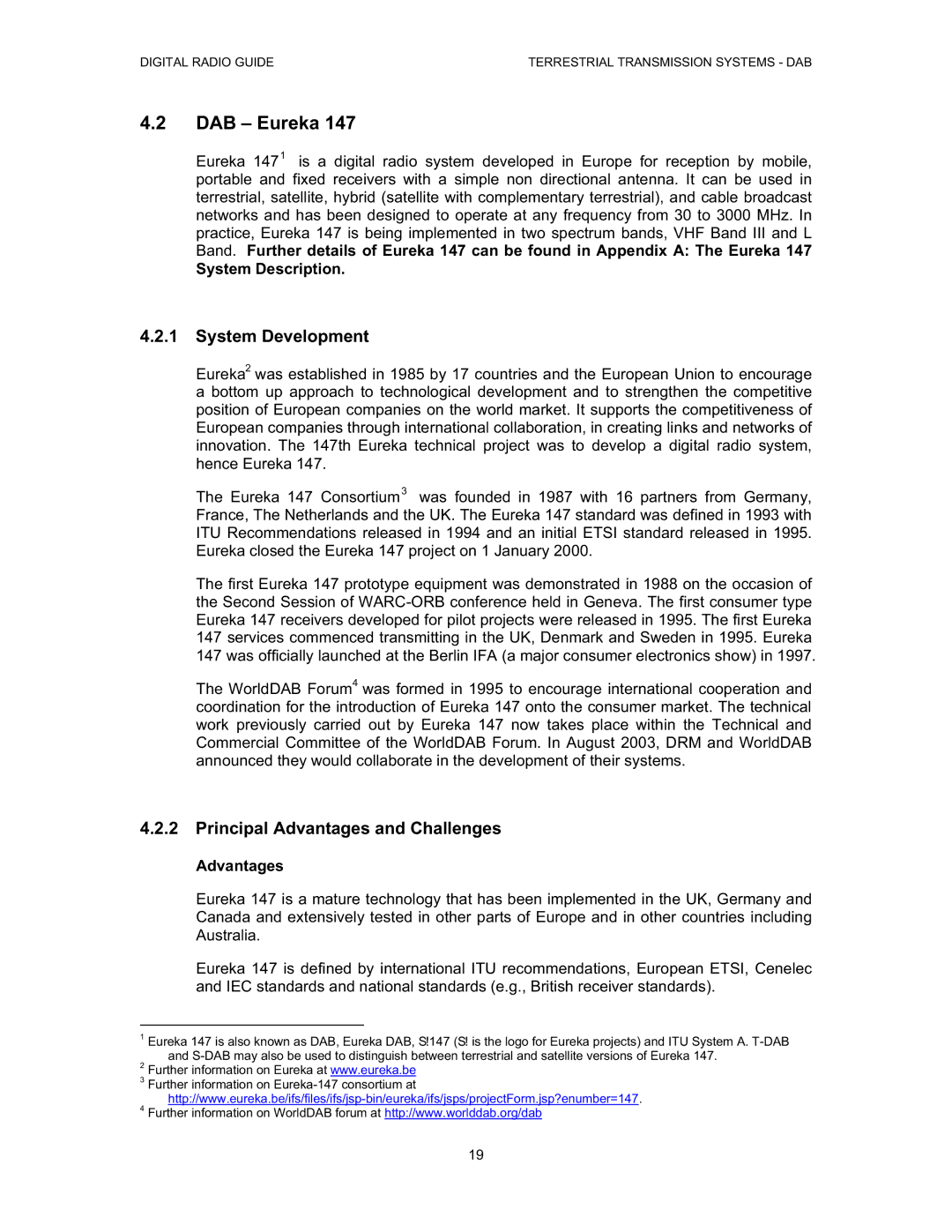Digital Radio specifications
The Grundig Digital Radio represents a significant advancement in radio technology, combining aesthetics, functionality, and a user-friendly interface. As a pioneer in the audio and electronics industry, Grundig has successfully integrated modern digital capabilities into its traditional radio design, appealing to both nostalgic listeners and tech-savvy users.One of the standout features of the Grundig Digital Radio is its versatility in reception. With DAB+ (Digital Audio Broadcasting) technology, users can enjoy a wide array of radio stations with superior sound quality, free from the hiss and interference commonly associated with analog broadcasts. The inclusion of FM and AM bands ensures that listeners are not limited, providing access to local stations that may not yet have transitioned to digital.
The Grundig Digital Radio is designed with ease of use in mind. Its intuitive interface, often featuring a clear LCD display, allows users to navigate through stations and settings effortlessly. Many models also include a built-in tuner that automatically scans and presets available stations, simplifying the setup process. For those who appreciate personalization, some variants come equipped with customizable presets, allowing users to save their favorite stations for quick access.
Portability is another key characteristic of the Grundig Digital Radio. Many models are lightweight and come with built-in handles, making them ideal for on-the-go listening, whether it's in the garden, on the beach, or during a picnic. Battery options, alongside mains power, ensure that users can take advantage of their radios wherever they choose.
In terms of sound quality, Grundig utilizes advanced audio technologies to deliver rich and clear sound. Enhanced bass responses and treble controls allow users to fine-tune their listening experience to match their preferences. Furthermore, many models feature additional inputs, such as AUX and USB ports, enabling users to connect their smartphones or other devices, expanding their audio options.
Other notable characteristics include built-in alarms and timers, which make the Grundig Digital Radio a versatile companion for daily routines. Some models even support Bluetooth connectivity, allowing for seamless streaming from a variety of devices.
In summary, the Grundig Digital Radio embodies the perfect blend of traditional radio appeal and modern digital technology, offering versatility, ease of use, superior sound quality, and portability to meet the diverse needs of today’s listeners. Its well-thought-out features and user-friendly design make it an excellent choice for anyone looking to enhance their audio experience.
